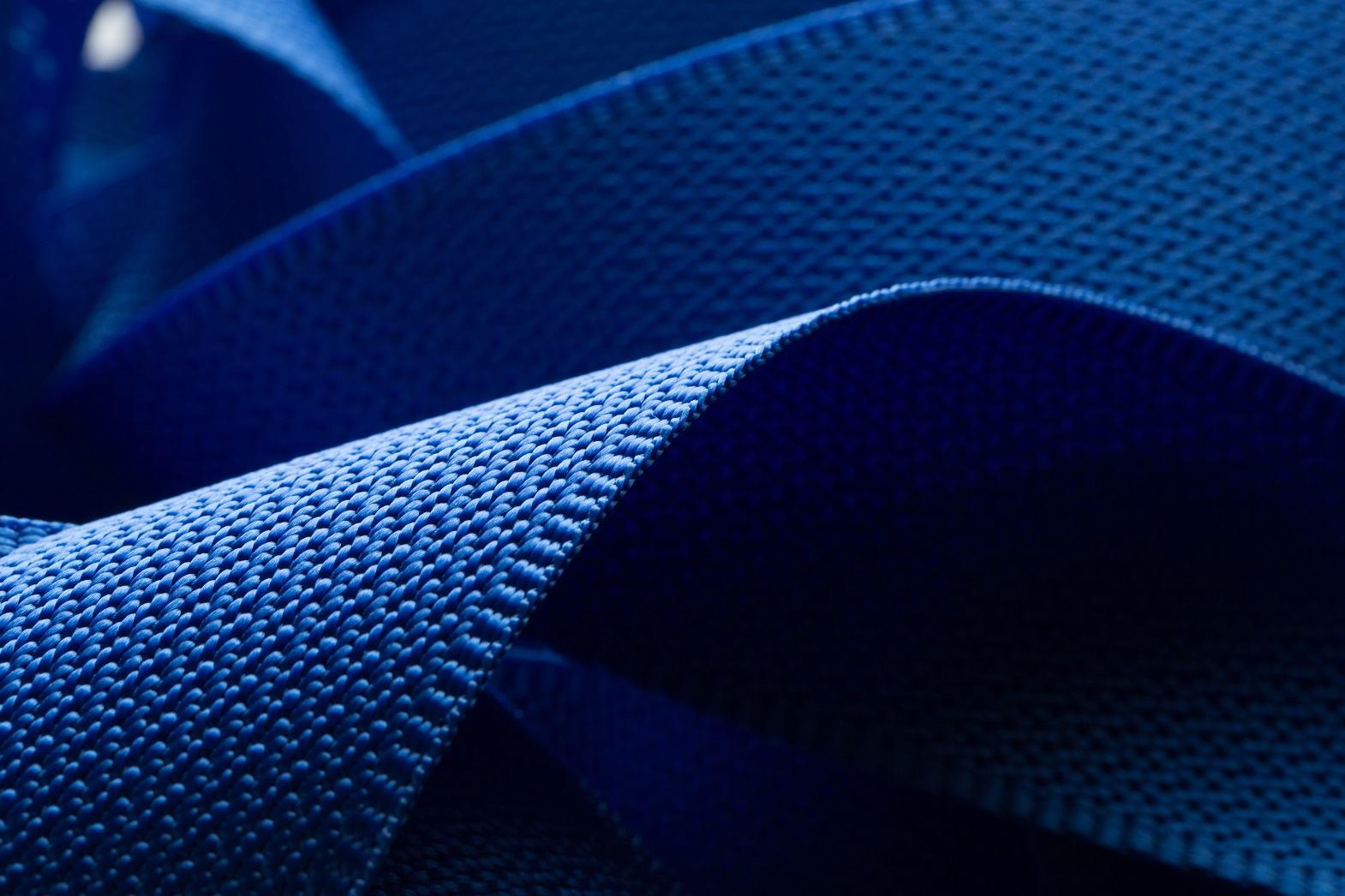3Dfabrics have been used in technical textiles for some time now. They are not just striking non wovens but have the potential to change the structure of airplanes, building architectures, and medical textiles. The most basic way to define three dimensional fabrics is textile materials which have a third dimension in their thickness layer. These fabrics have a huge part to play in the advancement of complex fibre reinforced composites.
According to Behera & Mishra, "3D fabrics are single fabric systems, the constituent yarns of which are supposedly disposed in a three mutually perpendicular plane relationship". The ultimate uses of 3D fabrics depend on the process used to manufacture them. 3D woven fabrics can either be pre-designed three dimensional shapes or can be manipulated to 3D shape after being woven.
Difference between2D and 3D weaving
A traditional 2D weaving process requires two sets of orthogonal yarns, the warp and the weft to be interlaced and intersected at right angles. On the other hand3D weaving involves three orthogonal set of yarns, the warp and weft layers interlaced in thickness direction by binding warp or weft yarns.Mono-directional shedding process is employed in 2D weaving with single or multiple layers of warp yarns whereas a thick planar sheet or solid form with dual directional shedding are used in 3D fabrics.
Withe help of 3D weaving, complex net shaped preforms can be produced in order to reduce the material cost and handling time, which ultimately deliver better mechanical properties. 3D woven composites posses a higher failure strain than compared to 2D laminates. The post impact mechanical properties of 3Dcomposites are superior to that of 2D. High ballistic and low velocity impacts are vital features of 3D woven composites that lead to damage resistance.
Classification of 3D fabrics
There are various classifications based on the shedding process, weaving mechanisms, geometrics, and interlacements of the 3D woven architecture. Based on structures 3D fabrics are divided into four broad types and they are as follows:
1. 3D Solids: Solid cross sections in a broad panel or a net shaped preform are woven to form a 3D architecture of these fabrics. Multilayer and orthogonal yarns interlaced together defining the width and the thickness form the structure of 3D solids.
2. 3D Hollows: Multilayered structured with tunnels running in the warp, weft, or in the direction of the thickness of the structures. 3D hollows can be flat or even surfaces and uneven surfaces with tunnels on different levels in multiple directions.
3. 3D Shells: The shell structures consist of integrated single-walled sections in the direction of the width and thickness of the fabric forming a cross-sectional shape without a tunnel. Depending upon the weaving combinations used, the fabric can either be spherical or open box shells.
4. 3D Nodal: The nodal structure comprises of woven tubes joined together. Single walled or multiple walled sections in the direction of the width and thickness of the fabric can be found with more than one tunnel openings in the fabric length direction.
Applications of 3D woven
Different weaving processes decide the areas of applications of 3D woven fabrics. 3D weaving principle, orthogonal principle, angle interlock principle, and dual direction shedding methods are mainly the four kinds of forms in which 3D woven fabrics can be produced. Such materials can be used in making conical and cylindrical structures. 3D woven composites are the fabric of choice for many machinery manufacturers and technical textile manufacturers.
It used in making intricate shapes for applications as flanges, turbine rotors, and beams. 3D woven preforms are also used as filters and meshed in cutting tools, in making fabrics for ballistic protection, in aquatic and marine infrastructures, in ligaments, vascular prosthetics, and scaffolds for medical purposes, in high performance sports products like shoe shells, and as advanced textile composites of rigid yet flexible types. Commercial applications include military and police helmets, bra cups, car body liners, female body armours, parachutes, sail cloths and in innovative fashion and clothing.
Advantages of 3D composites
3D preforms were first used in place of expensive high temperature metal alloys in aircrafts in the early 1970's. After 30 years of continuous research and development in 3D woven fabrics has led to production of superior counterparts with advanced properties. Using 3D woven composites lighten the weight and are corrosion free. The time required to manufacture is minimal and reduces the cost of production. Moreover, since no plying, cutting, and stitching are needed, minimum machining is required to shape and size them. 3D composites also possess inherent delamination resistance and provide room for greater design flexibility and versatility. The fact that if 3D fabrics were used in an aircraft would reduce its weight by 30% proves that these materials are strong and have a high damage tolerance.
3D textile can be used in array of different products. The above mentioned features of 3D woven fabrics make it a suitable alternative to metal components in mechanical structures. Today, 3D woven fabrics are providing new dimensions to textile technology and providing wider composite applications.
References:
1. Tikp.co.uk
2. Cdn.intechopen.com
3. Zjff.net
4. Textileworld.com









Comments